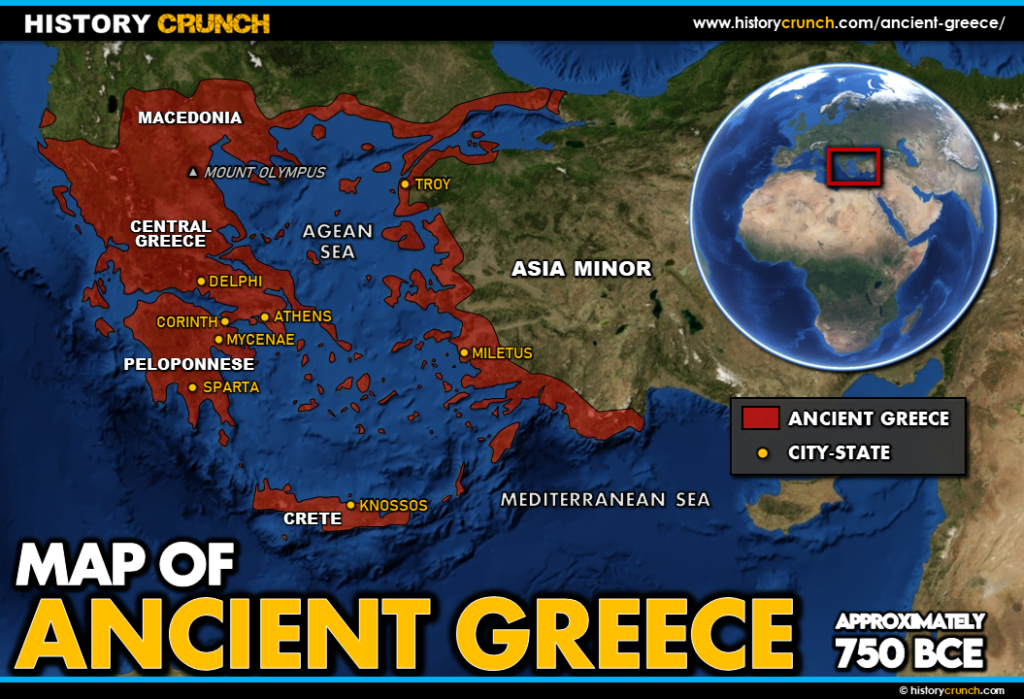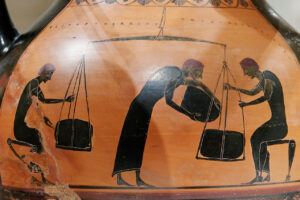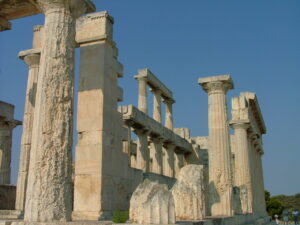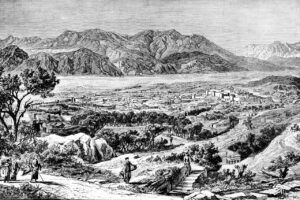The geography of ancient Greece played a crucial role in shaping the culture, society, and politics of this fascinating civilization. From the rugged coastline of the Aegean Sea to the rolling hills of the interior, the diverse geography of ancient Greece had a profound impact on the lives of its people. In this article, we explore the geography of ancient Greece and examine how this landscape shaped the development of this incredible civilization.
Ancient Greece was a region of city-states located in the southeastern part of Europe, on the Balkan Peninsula. The geography of ancient Greece was varied and included mountains, hills, valleys, islands, and coastlines.
Geographic Regions of Ancient Greece
The mainland of ancient Greece was composed of three main regions:
- The Peloponnese, a large peninsula located in the southern part of Greece, was known for its fertile soil and mild climate. The region was home to important city-states such as Sparta and Corinth.
- Central Greece, which included the regions of Attica, Boeotia, and Euboea, was characterized by rugged terrain and a dry climate. The city-state of Athens was located in this region.
- Northern Greece, which included the regions of Thessaly, Macedonia, and Thrace, was known for its rugged mountains and fertile plains. Mount Olympus, the highest peak in ancient Greece was located here.

In addition to the mainland, ancient Greece also included numerous islands, such as Crete, Lesbos, and Samos, as well as numerous smaller islands. The islands were known for their mild climates, beautiful landscapes, and rich vegetation.
The coastline of ancient Greece was also significant, as it was home to many important ports and harbors, such as Athens, Corinth, and Piraeus. These ports were crucial for trade and commerce, as well as for the navy and military.

Seas and Coastlines of Ancient Greece
As stated above, seas and coastlines were important to the overall geography of ancient Greece. In fact, the Aegean Sea was an important feature of the geography of ancient Greece, and it had a major impact on the lives of the people who lived along its coastline. The Aegean Sea was a major source of food, including fish, seafood, and seaweed, and it was also an important trade route for the ancient Greeks. The Aegean Sea also played a major role in the development of seafaring and navigation, and many of the ancient Greek city-states were located on the coast.

How Did Geography Impact Ancient Greece?
The geography of Ancient Greece impacted the people who lived there in several ways. First, it caused the area to develop into regions with city-states. This is because the mountains and islands caused the cities of Ancient Greece to be separated geographically from each other. For example, Athens was the most famous and most powerful city-state of Ancient Greece. Sparta was another famous and powerful city-state of the time.
The second way that the geography of Greece impacted the people of Ancient Greece relates to the Mediterranean Sea. The sea was incredibly important to the Greek people. This is because they were seafaring, which means that they used the sea to do all sorts of things, including: travel, fish and trade. In fact, travel along sea routes was important as it allowed the Ancient Greeks to trade between their own city-states but also to other surrounding civilizations. The seafaring nature of Ancient Greece allowed it to expand to areas, such as: the Black Sea, North Africa, and other parts of Europe.
Finally, the geography of ancient Greece impacted the food and farming of the people in ancient Greece. Since Greece is a mountainous region, the people of Ancient Greece needed to grow food and raise animals that could prosper in those conditions. For example, grapes and olives were important crops in Ancient Greece because they could somewhat easily grow on the sides of mountains and cliffs.
Overall, the geography of ancient Greece played an important role in shaping the culture, economy, and history of the ancient Greek civilization.







